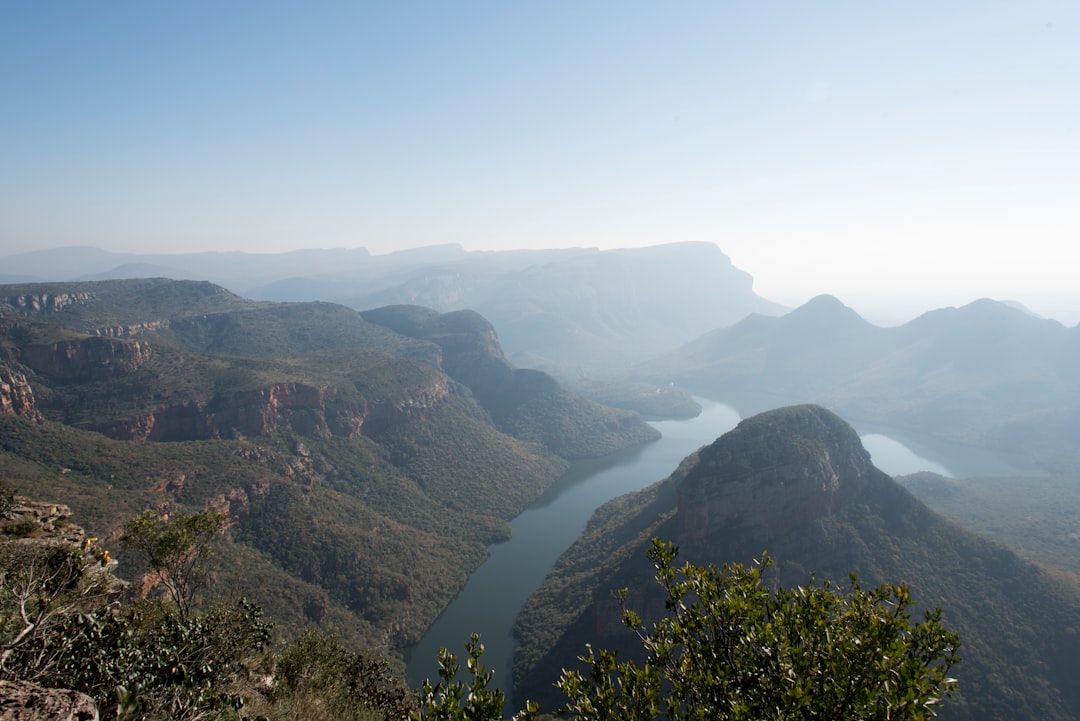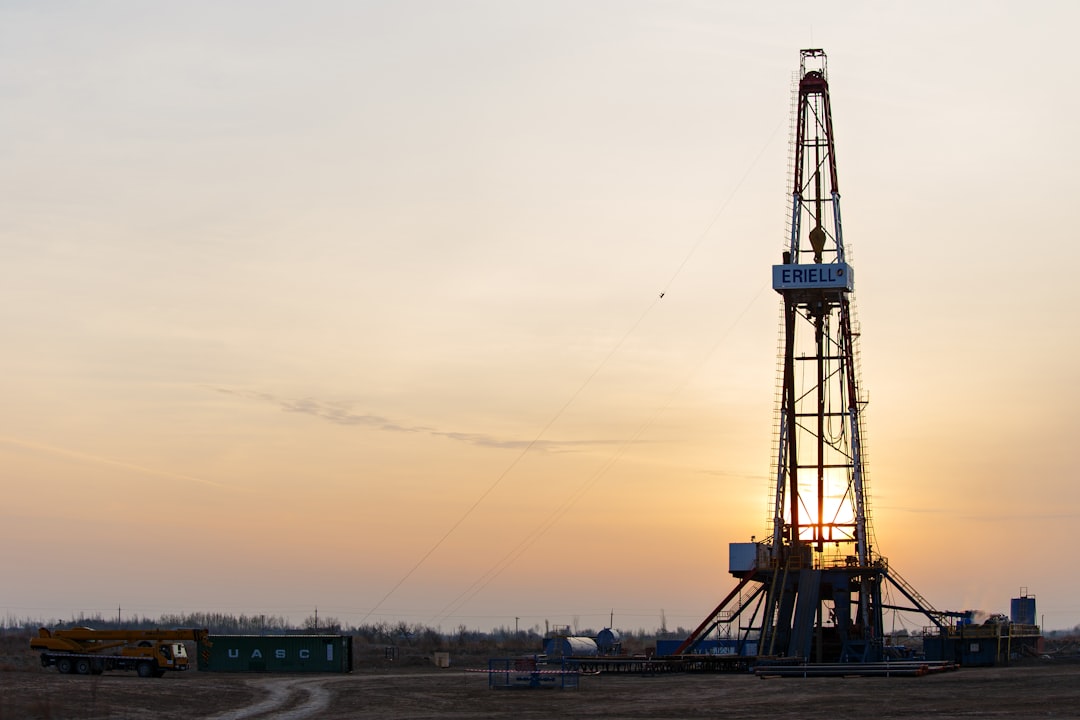What is it about?
To better understand the processes controlling recent mass loss of peripheral glaciers and ice caps in northwestern Greenland, we measured surface mass balance (SMB), ice velocity and near surface ice temperature on Qaanaaq Ice Cap in the summers of 2012–16. The measurements were performed along a survey route spanning the terminus of an outlet glacier to the upper reaches (243–968 m a.s.l.). The ice-cap-wide SMB ranged from −1.10 ± 0.29 to −0.13 ± 0.26 m w.e. a−1 for the years from 2012/13 to 2015/16. Mass balance showed substantially large fluctuations over the study period under the influence of summer temperature and snow accumulation. Ice velocity showed seasonal speedup only in the summer of 2012, suggesting an extraordinary amount of meltwater penetrated to the bed and enhanced basal ice motion. Ice temperature at a depth of 13 m was −8.0°C at 944 m a.s.l., which was 2.5°C warmer than that at 243 m a.s.l., suggesting that ice temperature in the upper reaches was elevated by refreezing and percolation of meltwater. Our study provided in situ data from a relatively unstudied region in Greenland, and demonstrated the importance of continued monitoring of these processes for longer timespans in the future.
Featured Image
Why is it important?
This paper presents the first SMB record of a peripheral ice cap in northwestern Greenland, where few in-situ measurements have been reported so far despite of increasing mass loss from the ice sheet and local ice caps and glaciers in this region.
Read the Original
This page is a summary of: Surface mass balance, ice velocity and near-surface ice temperature on Qaanaaq Ice Cap, northwestern Greenland, from 2012 to 2016, Annals of Glaciology, May 2017, Cambridge University Press,
DOI: 10.1017/aog.2017.7.
You can read the full text:
Contributors
Be the first to contribute to this page










